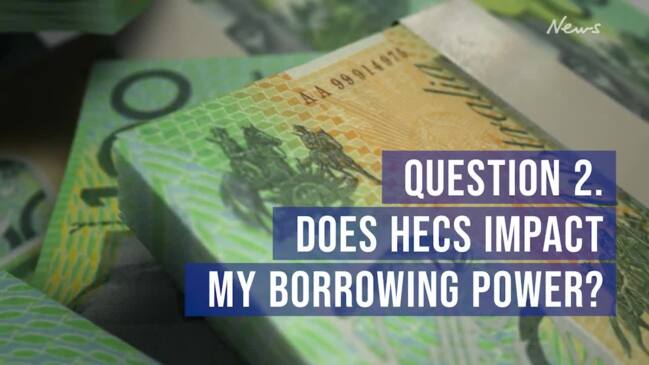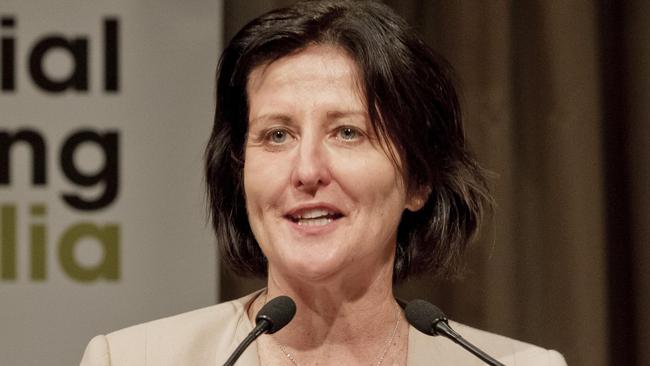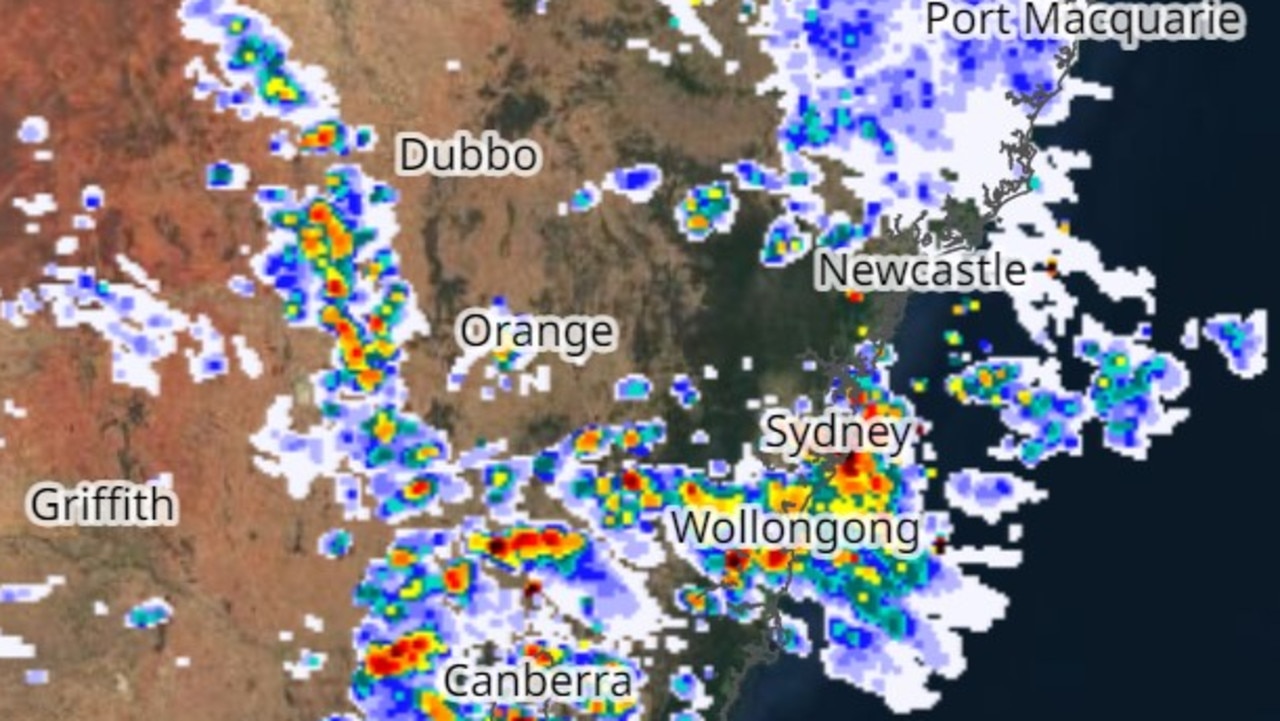Credit card and personal loan arrears rise as buffers disappear
Credit card and personal loan arrears are a leading indicator of wider debt problems, and they are heading higher.

National
Don't miss out on the headlines from National. Followed categories will be added to My News.
Households are slipping behind on credit card and personal loan repayments as they rely on short-term debt to try to cope with the surging cost of living.
Credit reporting company Equifax says personal loan arrears – those 30 days past due – returned to pre-Covid levels in January, while credit card arrears are also rising.
Equifax says arrears are rising across all age groups but younger generations are struggling the most.
Its general manager consumer, James Forbes, said it was “mainly younger families with larger mortgages” suffering from credit stress.
“We tend to see unsecured credit – which is credit cards and personal loans – tick up first in terms of stress on arrears, before you see that flow through to mortgages or autos,” he said.

“People are very keen to ensure that they continue to pay down the roof over their head.”
However, higher interest rates charged by credit cards and other short-term lending can push people into a debt spiral, where interest costs swallow an increasingly greater proportion of their household income.
Equifax says personal loan arrears are now more than 3 per cent of all accounts, while credit card arrears have surpassed 2022 levels and are at 0.84 per cent.
A report released last month by the Australian Institute of Credit Management says economic pressures indicate more consumer will need financial assistance “in the short to medium term”.
It said overdue credit card accounts were rising in the months before Covid struck in 2020, before extended lockdowns left many borrowers with extra income and an ability to reduce debt.
Financial Counselling Australia chief executive officer Fiona Guthrie said demand for financial counselling dropped sharply during Covid – down about 30 per cent.
“Now, levels are returning to pre-Covid in some agencies,” she said.
“We expect things to worsen as the economy struggles with rising interest rates and cost of living pressures.”
Equifax’s Mr Forbes said the current rise in arrears was coming off a low base, and he expected to see more demand for credit cards and personal loans as people sought short-term solutions to rising living costs.
The looming mortgage cliff – where borrowers come off fixed-rate mortgages this year onto much higher variable rates – is a worry for credit agencies and financial advisers.

“Two-thirds of all mortgage inquiries are for refinancing at the minute,” Mr Forbes said.
He noted recent RBA research suggesting 15 per cent of borrowers were spending more than they earn, wiping out buffers built up during the pandemic.
“Credit is helping people manage their lifestyles,” Mr Forbes said.
“First home buyers would have extended themselves a fair way to get a mortgage,” he said.
“If they secured it in the last couple of years, they would have paid top prices and with interest rates low they would have been able to extend themselves quite a way, with the expectation those rates would continue.
“Now that things have switched, they don’t have a large buffer to accommodate changes in their repayments.”
More Coverage
Originally published as Credit card and personal loan arrears rise as buffers disappear





